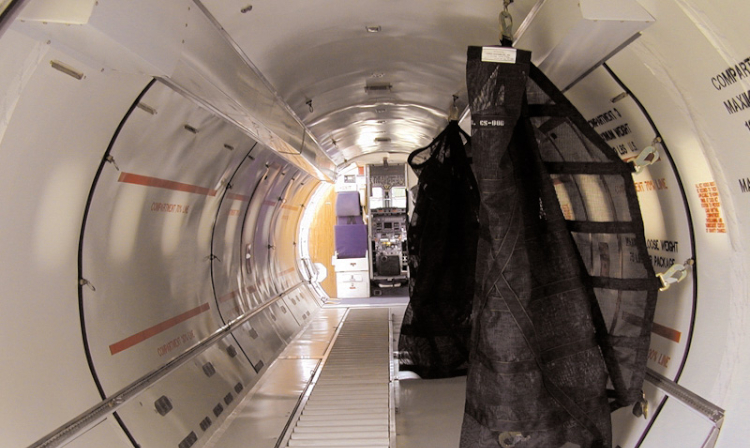Switch to:
 EN
EN  Português (PT)
Português (PT)  Español (ES)
Español (ES)
With the growing demand for dry ice shipping, triggered by the ongoing vaccination campaigns, more and more companies inquire about the technical feasibility of transporting such a product on non-scheduled charter flights. As a regional leader in the transportation of dangerous goods, we decided to prepare short guidelines of the entire process.
What is Dry Ice And Why Is It Considered a Dangerous Good?
Dry ice is a solid (frozen) form of CO2. It is commonly used to preserve and ship food and medical equipment. While generally not very toxic, dry ice can emit a gaseous form of CO2 which penetrates aircraft compartments and interferes with the breathing abilities of the occupants.
Dry ice is considered a dangerous good by both the U.S. Department of Transportation (49 CFR parts 171-180), as well as the European Union Aviation Safety Agency (No 965/2012 and ICAO Doc 9284). In Brazil, the rules concerning the transportation of dangerous goods are published under DOC. 9284-AN/905. Any IATA-registered air carrier is obliged to follow the appropriate regulations for the transportation of hazardous goods.
Which Covid-19 vaccines require dry ice for transportation?
The so-called mRNA Covid-19 vaccines, which include Pfizer/BioNTech and Moderna jabs, require sub-zero temperatures during transport (as low as -70°C/-94°F). Dry ice constitutes the most popular cooling agent for the transportation of such vaccines, thanks mostly to its ultracold temperature and lack of residual waste.
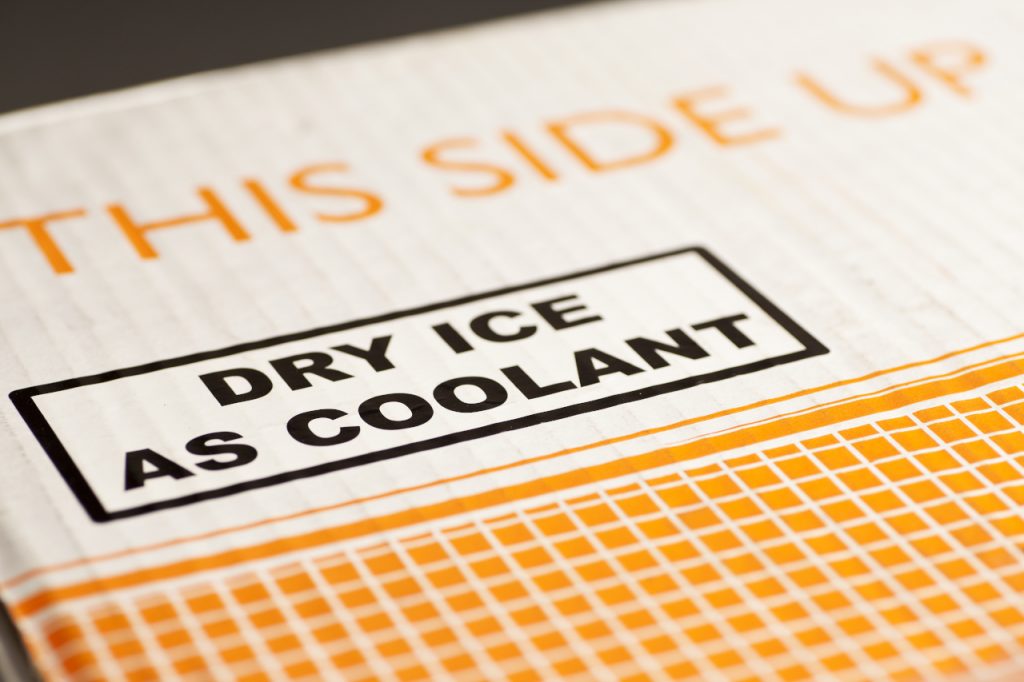
The vaccines developed by Oxford – AstraZeneca and Sputnik – which are recombinant viral vector vaccines – require less intense rules for storage and can be shipped using regular cargo aircraft.
Do I Need To Transport Dry Ice By Air?
Although there are no specific laws governing the necessity of transporting dry ice-cooled perishable goods, it is recommended that any shipment of dry ice be realized using air transport in order to reach the destination quickly.
Which Companies Can Offer Chartered Flights Involving Dry Ice Shipping Cargo?
Any air carrier who wishes to dry ice shipping must be approved by the IATA for the transportation of dangerous goods, including dry ice under the IATA code of UN 1845, Class 9, Packing Group III. Local civil aviation regulations also apply. Professionals involved in the transportation of dangerous goods must pass through detailed training which follows the IATA Dangerous Goods Regulations (DGR). Additional pilot training on procedures in the event of a CO2 detector alert, or similar, should also be part of any training session.
The Flapper charter network includes more than 40 safety-vetted Part 135- and Part 121 operators homologated for the transportation of dangerous goods, with a special focus on the Latin America region.
What details do we need to arrange a shipment of dry ice by air?
Before sending your charter request, please make sure that you have the following details necessary to arrange your flight:
- The exact route, volume of cargo, weight, and type of packing. Please note that according to IATA regulations, the maximum weight of dry ice per package is 200 kg.
- In accordance with the details above, we will calculate the sublimation rate of dry ice for a given duration of the flight, so as to derive at the maximum possible cargo volume. The next step is to present you with the best aircraft option for a given mission.
- Once the contract is signed and the payment settled, one of our senior consultants will be assigned as your account manager, so as to guide you throughout the process and keep you updated about the status of the flight.
- For flights, where Flapper acts merely as an air transportation broker – i.e., where handling services are managed by third parties – we will carefully audit the airbill and services you purchased, including cargo built-up- and breakdown.
Please note that excessive quantities of dry ice in a single flight can expose the crew of the aircraft to unnecessary risks related to possible sublimation of the substance. The FAA has issued a special safety alert for operators, warming that such risks increase along with the amount of dry ice carried and the ventilation degradation of the aircraft. The charter options we will present to you will follow our high safety standards.
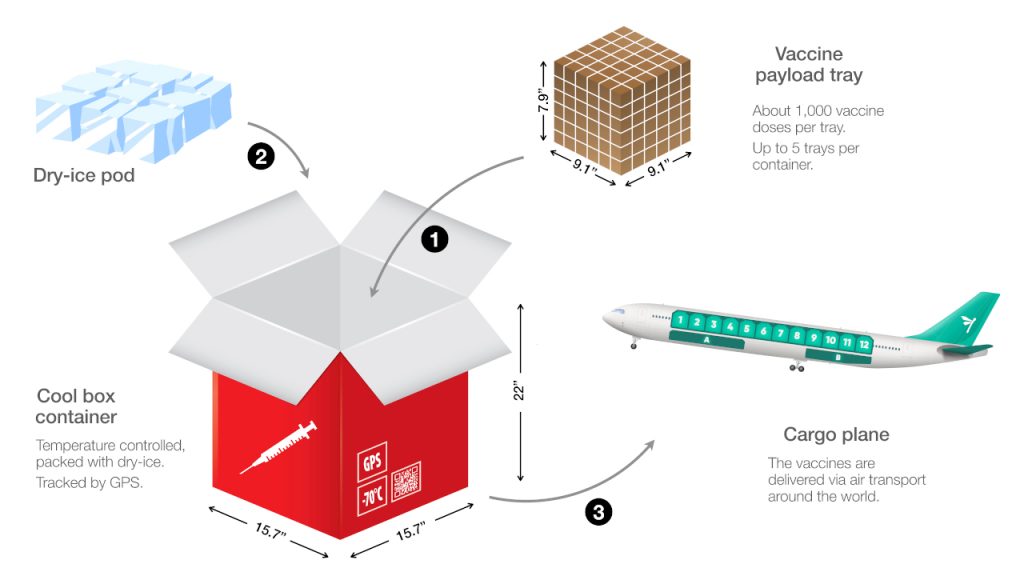
The packaging of your cargo needs to follow the necessary IATA standards for the release of carbon dioxide gas, so as to prevent a build-up of pressure that could cause damage to the package and the aircraft. The package’s materials must be strong enough to allow for the adequate loading and unloading of the cargo.
Charter an Aircraft for the transportation of dry ice
Our cargo charter services encompass wide-body freighters, ultra-long-range jets, and regional turbo-props. Whether it’s an intercontinental flight or a domestic transfer, you can count on our global reach and expertise to safely send your dangerous cargo to the end destination. Some of the most popular aircraft requested by our clients for the transportation of dangerous goods include the following:
Boeing 767-300 F
| Cargo load: | 67.100 kg |
| Cargo volume: | 438 m³ |
| Total max ULD: | 29 pallets / 15 containers |
| Range: | 6.972 km (full load) |

Boeing 767-300 F cargo 
Main cargo compartment
Boeing 787-9
| Cargo load: | 60.395 kg |
| Cargo volume: | 70 m³ |
| Total max ULD: | 36 containers / 11 pallets |
| Range: | 13.950 km (full load) |

Lower deck cargo upload 
Lower deck cargo compartment
Boeing 747-400 ERF
| Cargo load: | 127.000 kg |
| Cargo volume: | 755 m³ |
| Total max ULD: | 39 (main) + 9 pallets |
| Range: | 14.205 km (full load) |

Main cargo compartment 
Lower deck cargo compartment
Embraer EMB-120 Brasília
| Cargo load: | 3.200 kg |
| Cargo volume: | 27 m³ |
| Total max ULD: | cargo boxes only |
| Range: | 1.480 km (full load) |
Embraer EMB-110 Bandit
| Cargo load: | 1.689 kg |
| Cargo volume: | 14 m³ |
| Total max ULD: | cargo boxes only |
| Range: | 1.590 km (full load) |
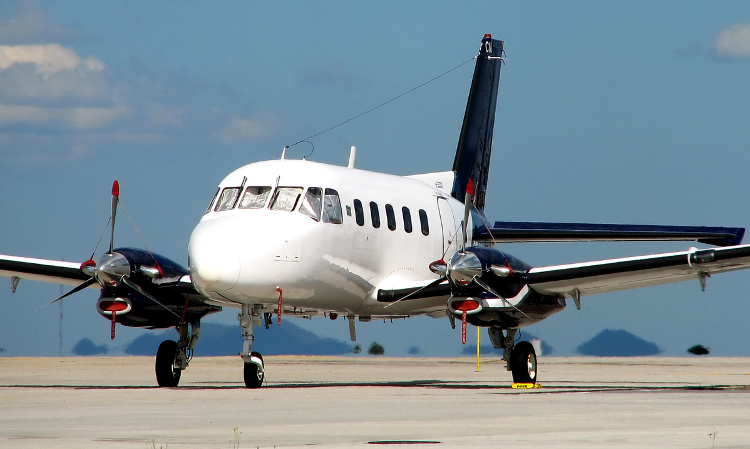
Embraer 110 Bandeirante 
Cargo door
Cessna Caravan Grand
| Cargo load: | 1.490 kg |
| Cargo volume: | 9 m³ |
| Total max ULD: | cargo boxes only |
| Range: | 1.217 km (full load) |

Cessna Caravan Grand 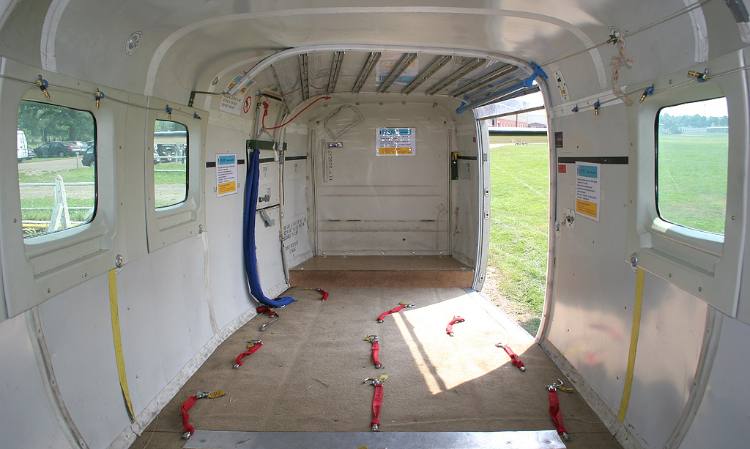
Main cargo compartment
Sikorsky S76
| Cargo load: | 2.130 kg (ext.) |
| Cargo volume: | aprox. 3 m³ |
| Total max ULD: | 3 pallets |
| Range: | 748 km (full load) |
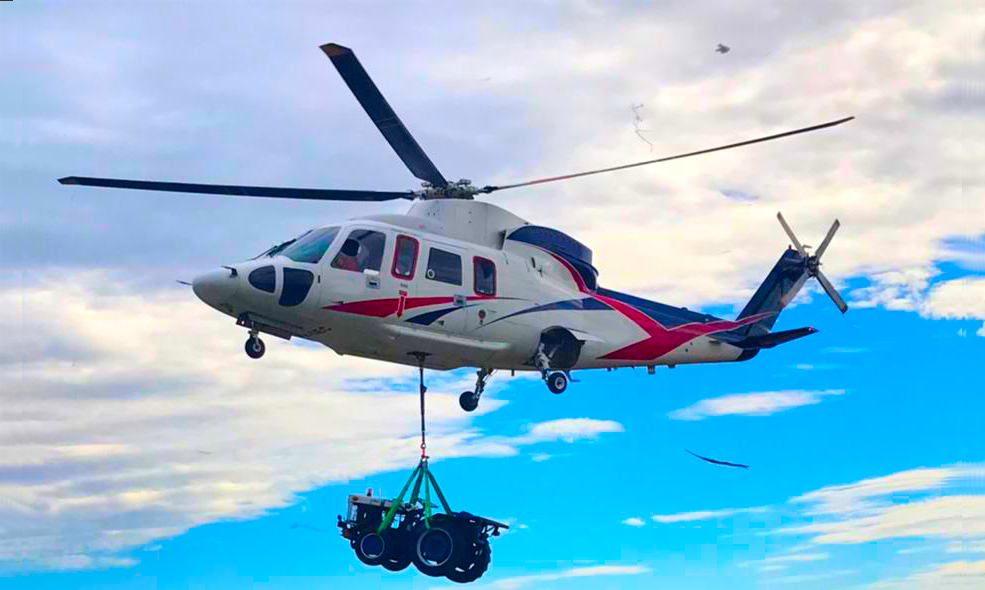
Sikorsky S76 cargo charter flight 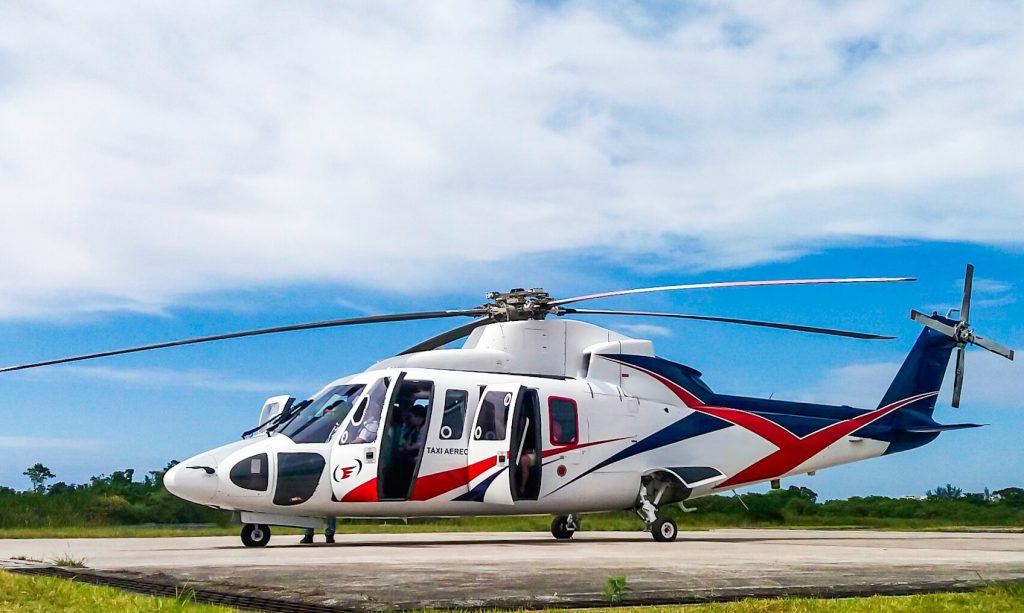
Sikorsky S76
Airbus AS350 B2/B3
| Cargo load: | 1.030 kg (ext.) |
| Cargo volume: | approx. 1.5 m³ |
| Total max ULD: | 1 pallet |
| Range: | 420 km (full load) |
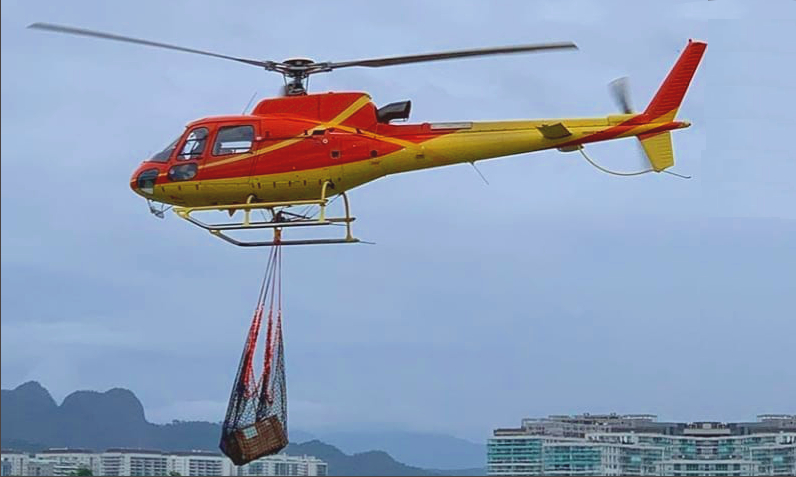
Airbus AS350 B3 cargo 
Airbus AS350 B3 in Rio de Janeiro
About Flapper
Flapper is the largest on-demand air charter company in Latin America. Our partner fleet counts more than 550 certified aircraft in the region and more than 4000 overseas. We excel at executive flights, cargo transportation, and ambulance flights.

